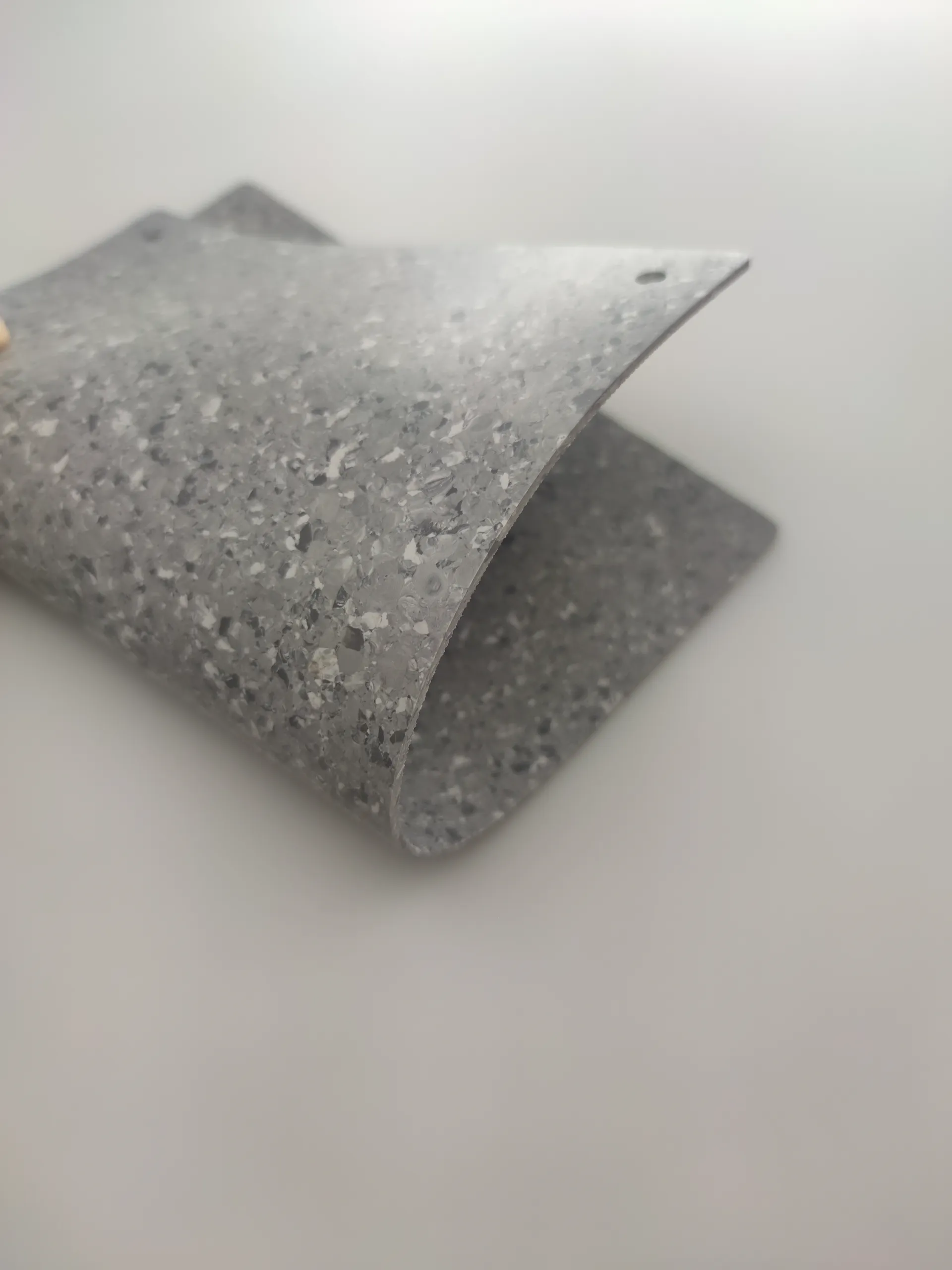Exploring the Benefits and Features of Linoleum Flooring Solutions for Your Home
Exploring Linoleum Floor Covering A Sustainable Choice for Modern Interiors
Linoleum floor covering has long been a popular choice for both residential and commercial spaces, renowned for its durability, versatility, and eco-friendliness. Derived from natural materials such as linseed oil, pine rosin, wood flour, and jute, linoleum presents an attractive and sustainable alternative to synthetic flooring choices like vinyl. In recent years, as the demand for environmentally conscious products grows, linoleum has seen a resurgence in popularity.
One of the most appealing aspects of linoleum is its impressive range of designs and colors. Available in a wide array of patterns—from classic marbled effects to bold, contemporary styles—linoleum can complement any interior aesthetic. Homeowners and designers alike appreciate its ability to seamlessly integrate into various themes, whether a cozy country kitchen or a sleek urban loft. Additionally, advances in manufacturing have enabled linoleum to mimic the appearance of more expensive materials, such as hardwood or stone, allowing for luxurious yet affordable design possibilities.
Durability is another significant advantage of linoleum floor covering. With proper maintenance, linoleum can last decades, making it an excellent long-term investment. Its dense surface is not only resistant to scratches and dents but also naturally anti-bacterial, making it an ideal choice for kitchens, hospitals, and schools. Furthermore, linoleum is easy to clean, requiring only regular sweeping and occasional mopping to maintain its beauty and integrity.
linoleum floor covering

Sustainability is a key consideration in today’s flooring choices, and linoleum excels in this area. Since it is made from renewable resources, its production leaves a smaller carbon footprint compared to synthetic options. Moreover, linoleum is biodegradable, meaning that at the end of its life, it can break down naturally without contributing to landfill waste. This aligns perfectly with the growing trend toward greener living and sustainable construction practices.
In addition to its practical benefits, linoleum also offers comfort underfoot, thanks to its cushioned texture. This feature not only enhances the overall aesthetic but also provides a warmer and softer walking surface compared to harder flooring materials.
In conclusion, linoleum floor covering stands out as a versatile, durable, and environmentally friendly option for any space. With its extensive design choices, sustainability, and comfort, it is no wonder that linoleum continues to gain traction in modern interior design. Whether renovating an old space or designing a new one, choosing linoleum can lead to a beautiful and sustainable flooring solution that meets diverse needs and preferences.
-
The Evolution of Luxury Flooring Guangzhou Enlio's JourneyAug.05,2025
-
Innovative Commercial Flooring Solutions from Guangzhou Enlio SportsAug.05,2025
-
Premium Interior Solutions with Quality Skirting OptionsAug.05,2025
-
Masking Tape The Essential Tool for Professional ApplicationsAug.05,2025
-
SPC Vinyl FlooringJul.18,2025
-
Home SPC FlooringJul.18,2025




